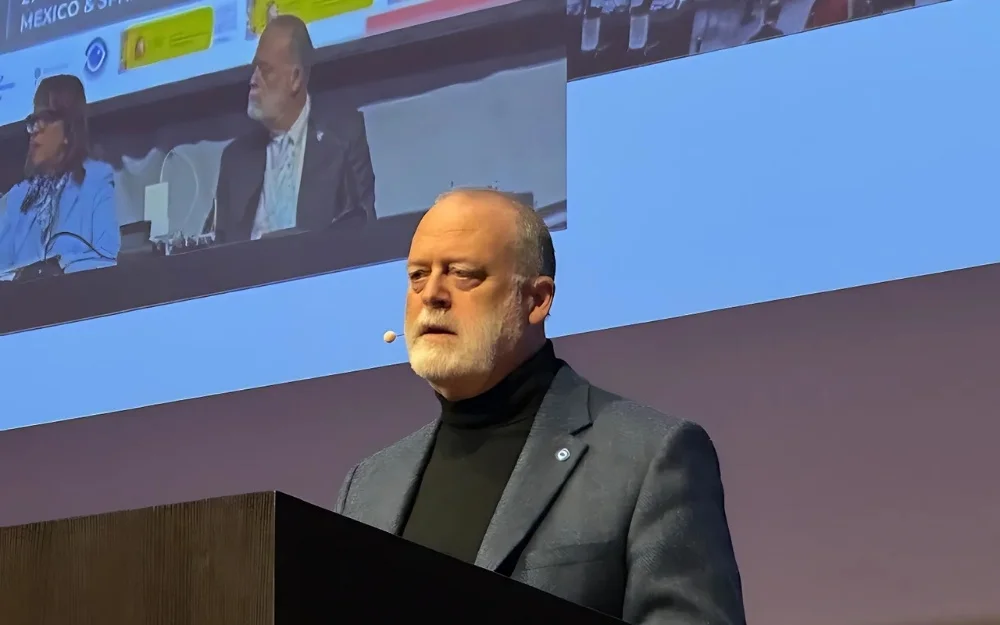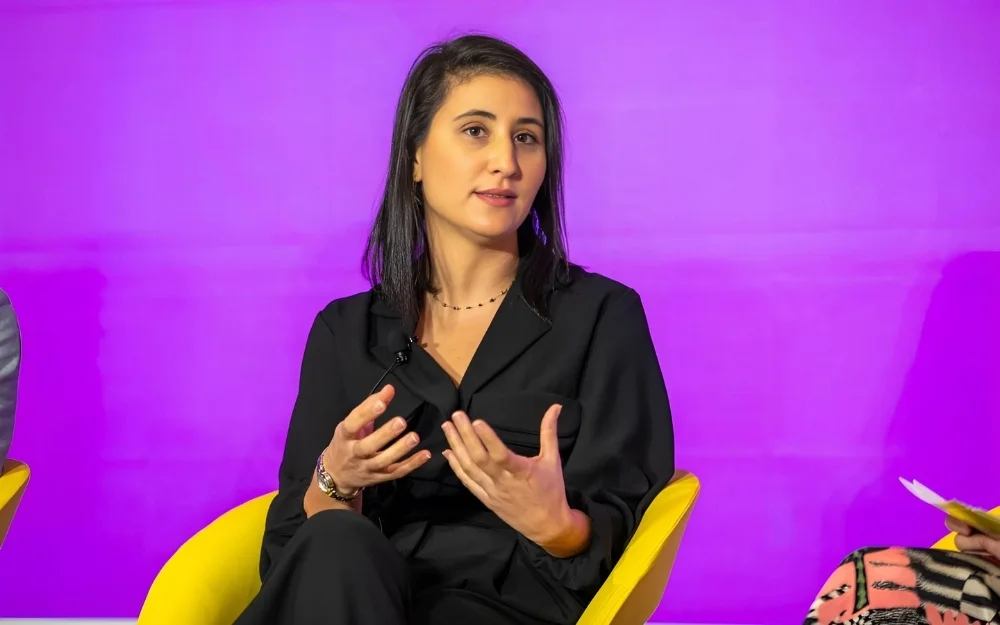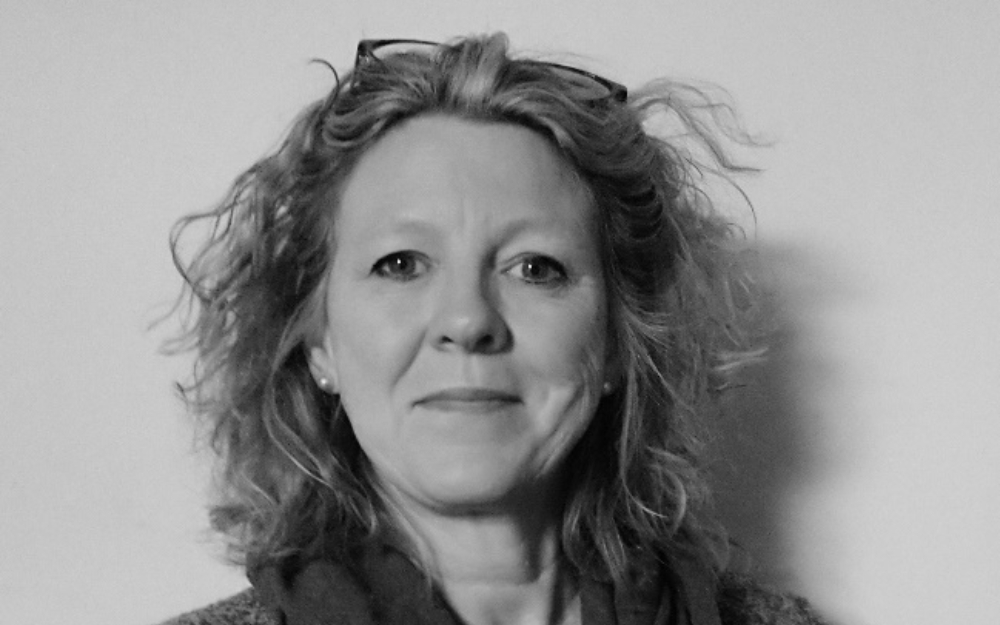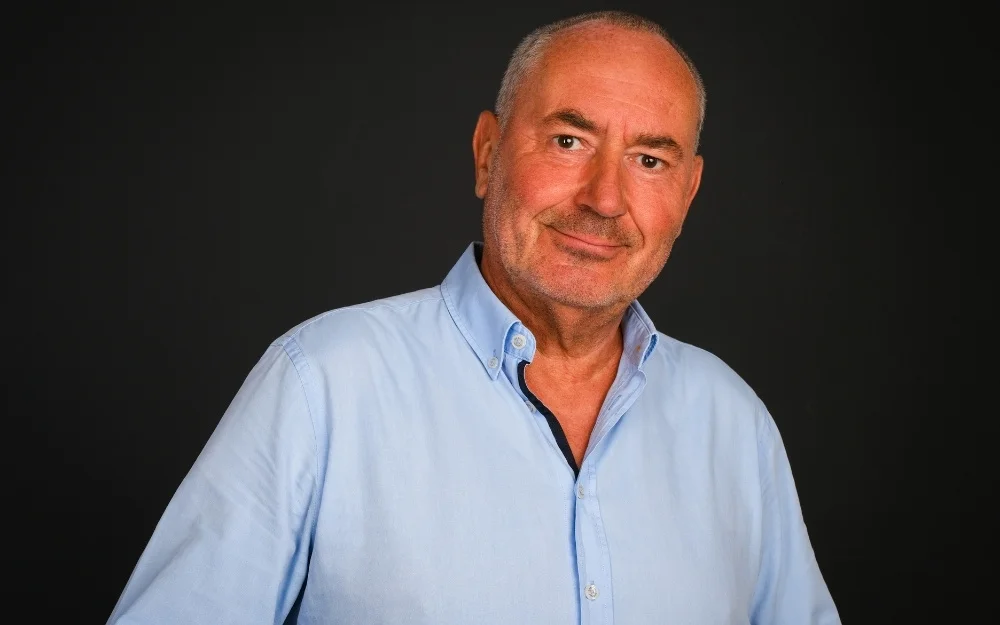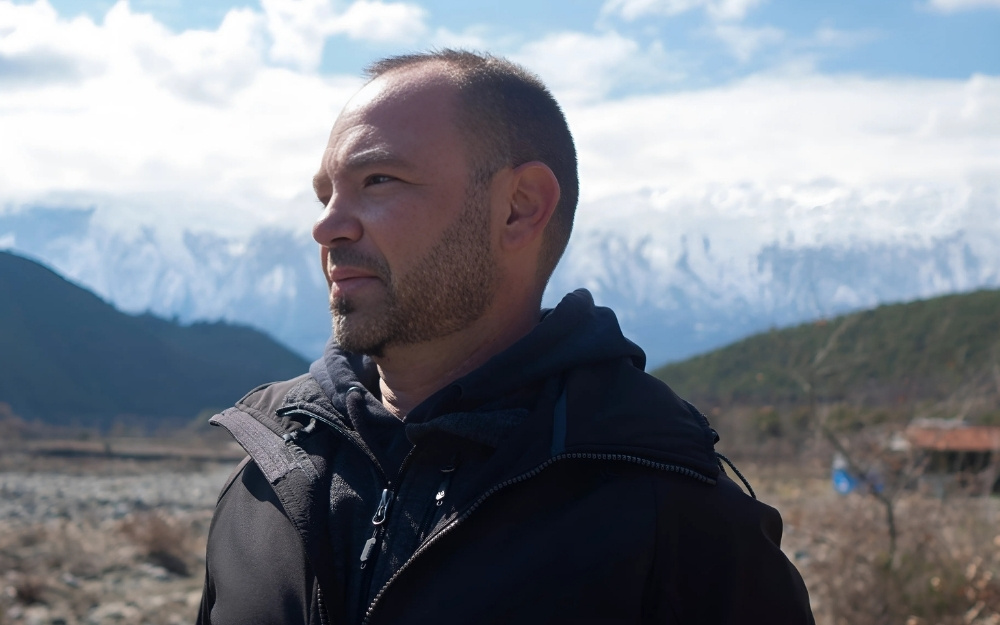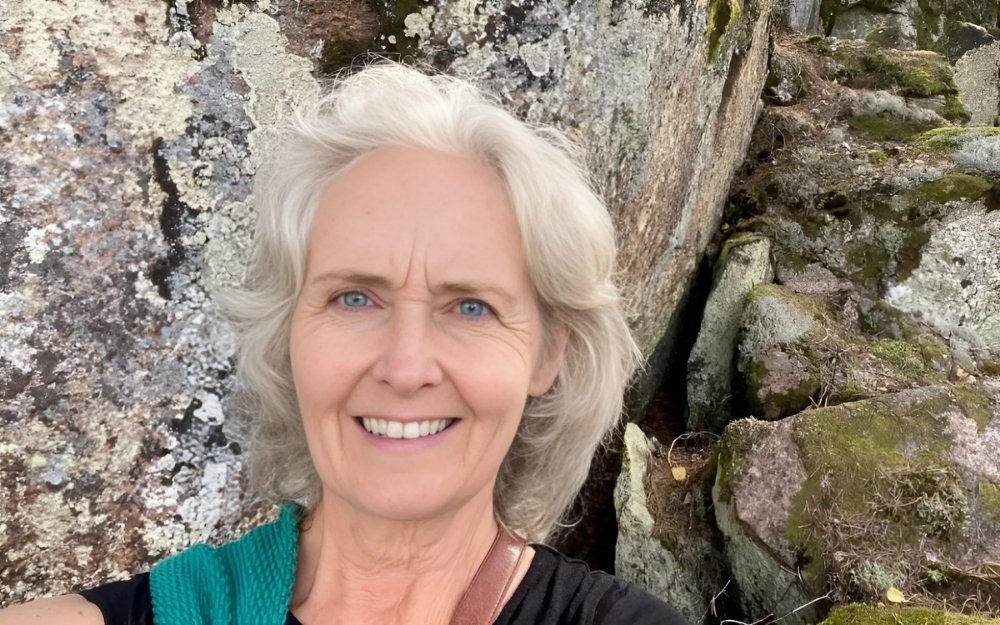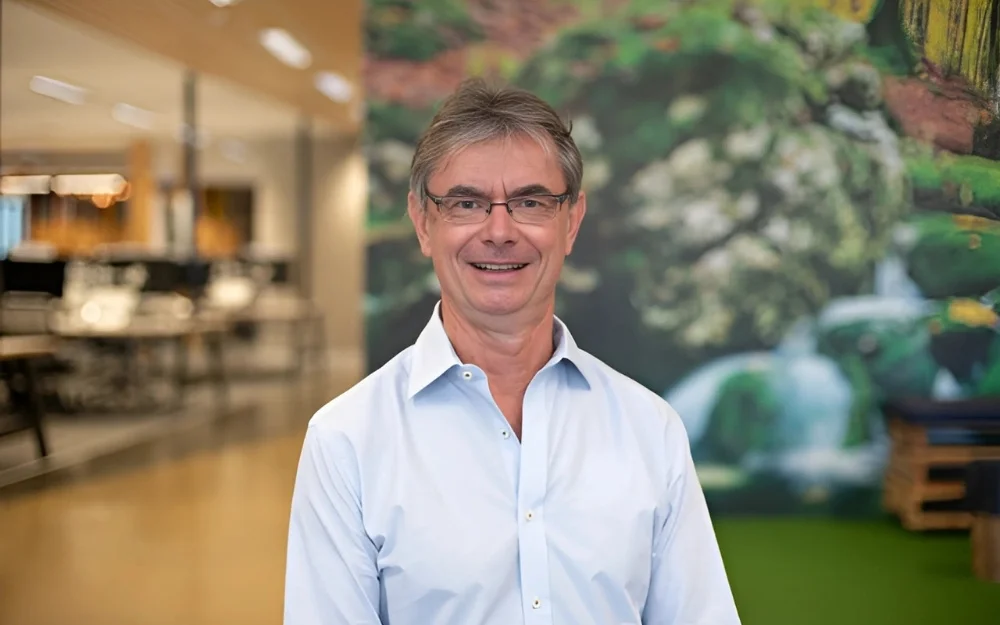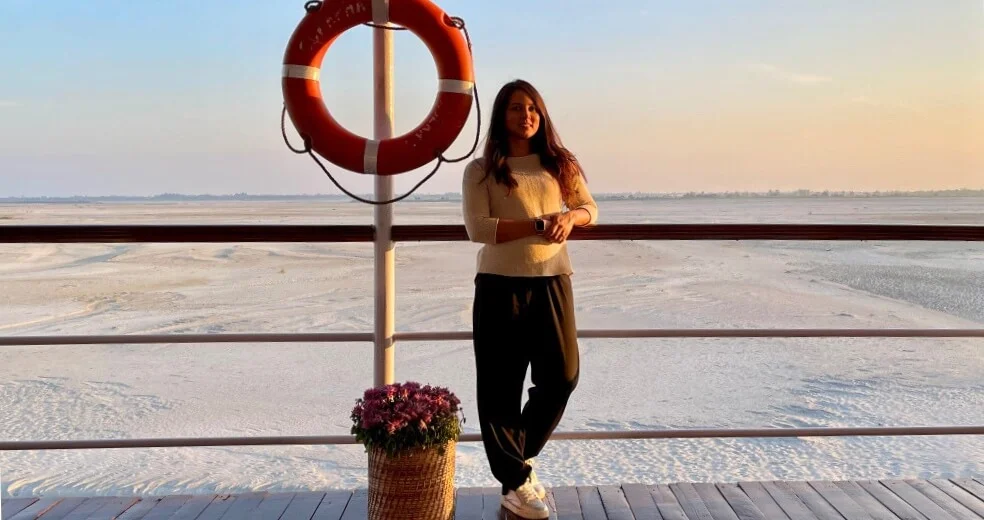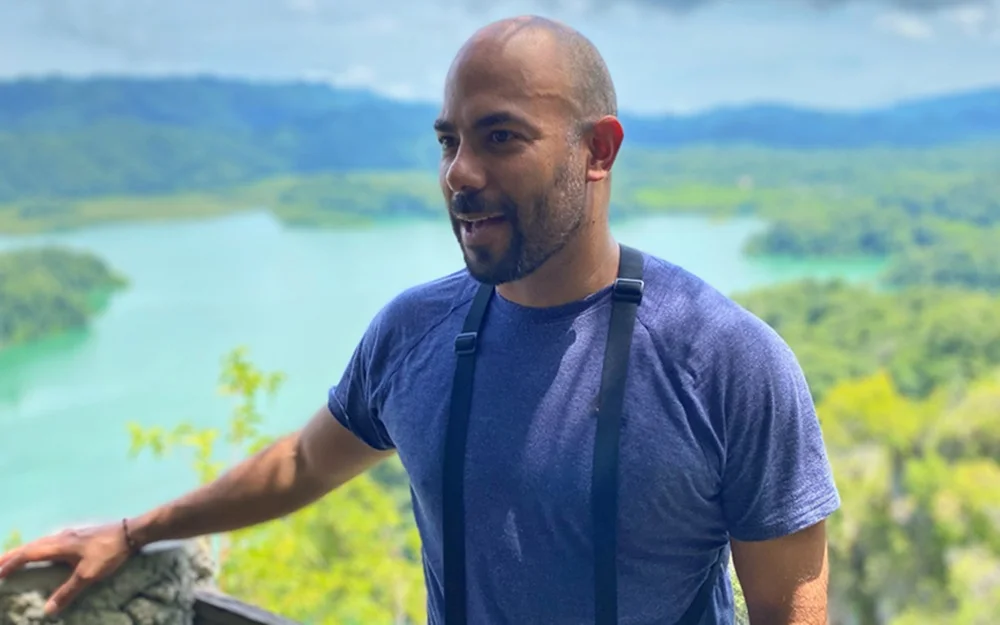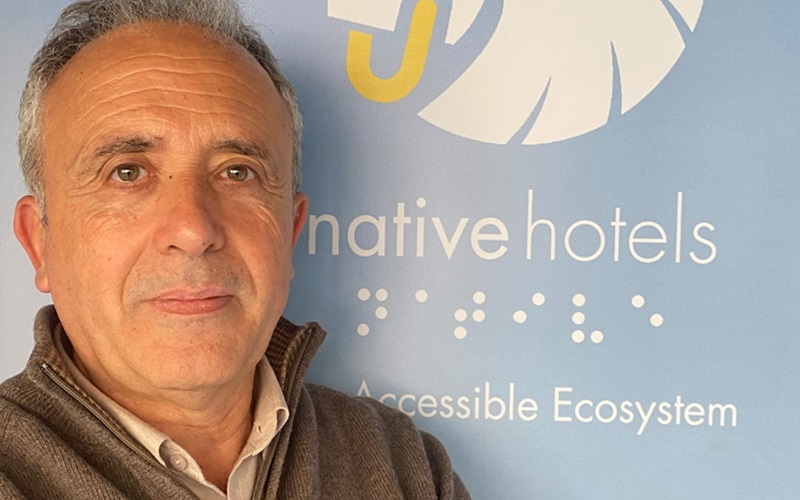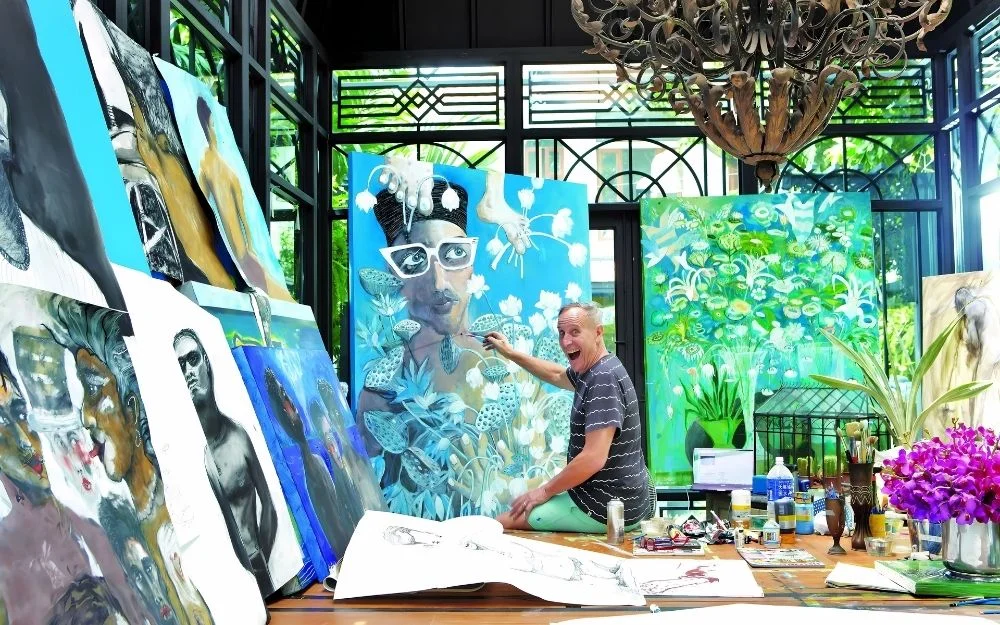
Meet Bill Bensley, founder of BENSLEY, who has been transforming the world of luxury hospitality for decades, with sustainability at the heart. From his humble beginnings on a self-sustaining farm to protecting rainforests through art and architecture, Bill’s work goes far beyond beautiful design.
In our latest interview, Bill shares how he uses creativity not to compromise, but to collaborate with nature. From building flood-resilient homes in Cambodian villages to crafting immersive guest experiences that protect entire ecosystems, his projects are proof that design can be both luxurious and deeply regenerative.
Bill, you have been changing spaces and landscapes for decades. What was the vision that initially inspired you to start your journey in architecture and design, and how did sustainability become an integral part of your design philosophy?
I grew up on a small farm where we grew all of our own veggies, fruit, eggs, quail, rabbits, ducks and chickens. With the exception of electricity we were self sustaining. In the 70’s, I illustrated books on sustainability. So the natural next step was to do what I knew how to do in my practice of designing hospitality.
BENSLEY has embraced sustainable design across many projects. How do you ensure sustainability is integrated into the core of your architecture and design work?
A few years ago I wrote a white paper entitled Sensible Sustainable Solutions. I sent it off to hundreds of hotel companies to add to their Building Standards. Some did immediately and some did not answer. Some of my clients are accepting of good sustainable practices and some hate the idea. One has to take the good with the bad, but always hope for the best.
Can you share specific examples of how your designs have positively impacted the environment or local communities?
While BENSLEY is known for fancy hotels with big budgets, over the past few years we have been designing and refining the design of a low cost house that has:
- cross ventilation
- shaded windows and doors
- elevated to sit above the annual floods
- inert, no wood, materials
- a toilet – in villages where open defecation is the norm
- a lockable front door
- a shaded porch for working
at a cost of less that $4,500. Through Shinta Mani Foundation we have built and donated to underprivileged families of 22 villages just north of Siem Reap Cambodia. Some 300+ such homes with the goal of trying to break the cycle of extreme poverty.
How do you balance creativity with the need for environmentally responsible practices in your architecture and interior designs?
My creativity is not a negative that balances with positive.
What are some of the biggest challenges you’ve faced in incorporating sustainability into luxury designs, and how have you overcome them?
The answer is always getting our clients on board, as very few really care about the environment.
How do you approach designing spaces that not only serve guests but also contribute to the conservation and regeneration of the surrounding environment?
Shinta Mani Wild is a good example. We have some 900+ acres of land but we have only built 15 small tents and the headquarters. Much less than 1% of our land. But that is enough to generate a ROI and the ability to protect the land appropriately. It took me the best part of two years to figure out how and where to build our small temporary tents in the places that have the least impact on the environment.
In your opinion, what does the future of sustainable tourism look like, and how do you see art and architecture playing a role? How are you disrupting the hospitality sector?
I see serious conservation of what little wilderness we have left on this planet playing a forever increasing role in tourism. Sales of my artwork alone keeps much of the southern cardamom rainforest safer. My art supports fourteen AK47 wielding rangers, that work around the clock to fend off poachers.

Thank you, Bill!
Connect with Bill on LinkedIn or find out more about BENSLEY here. If you enjoyed our interview with Bill, please share it and spread the word about sustainability and responsible travel.
Bill has been featured because he has been peer nominated for our community of sustainable tourism impact makers. We count over 400 trailblazers around the world – meet them here.

